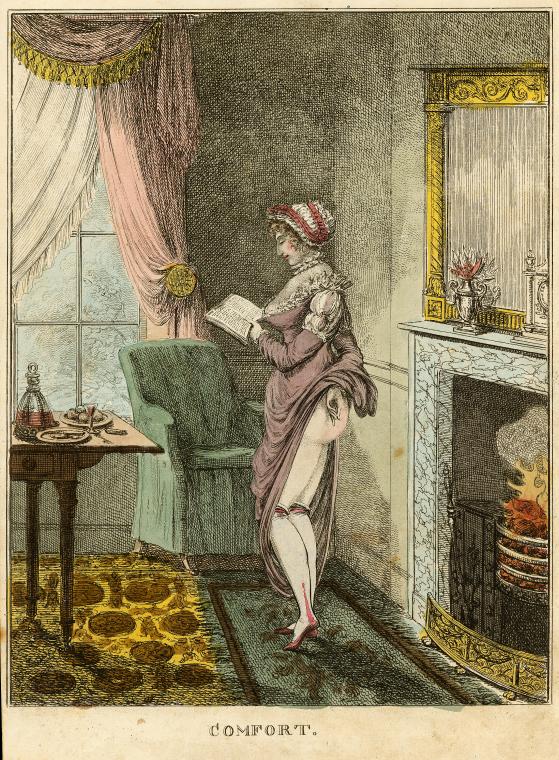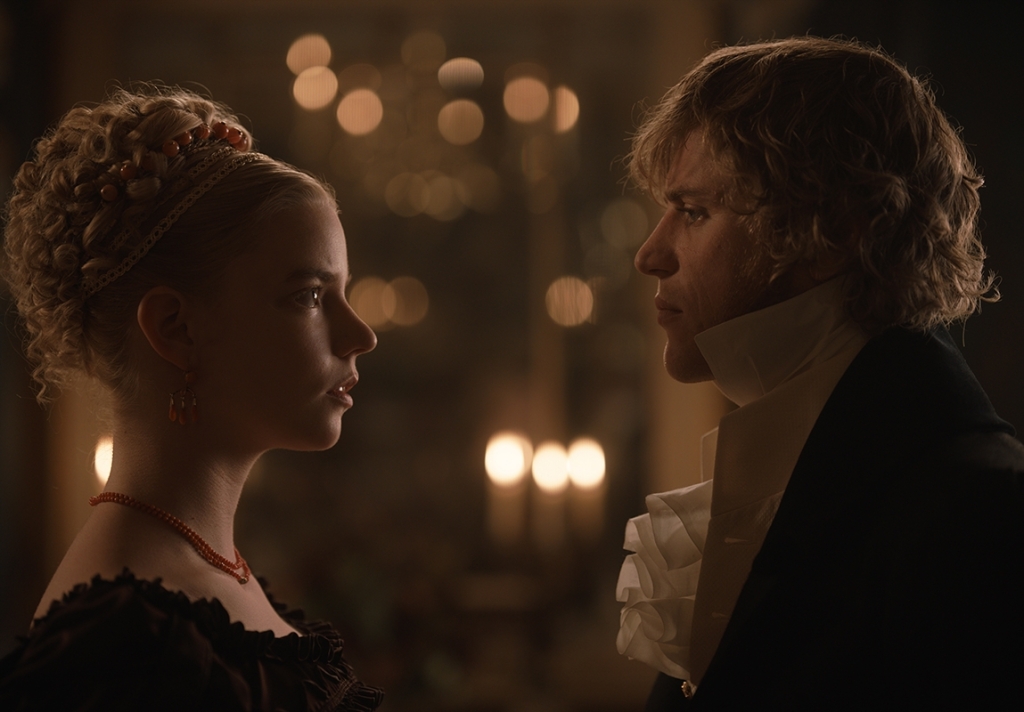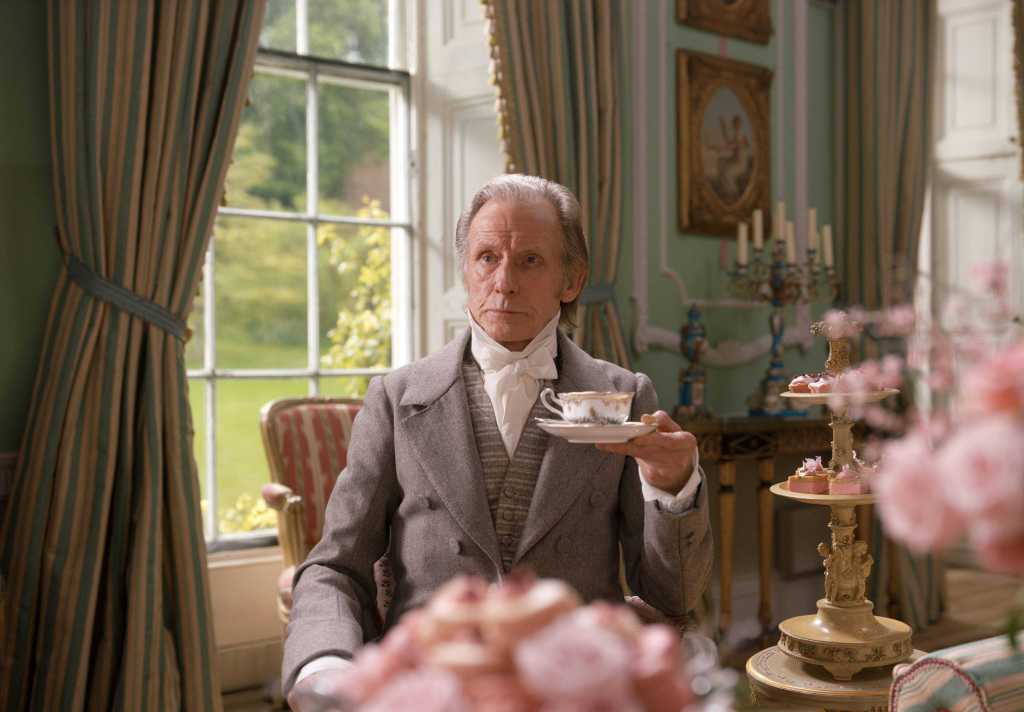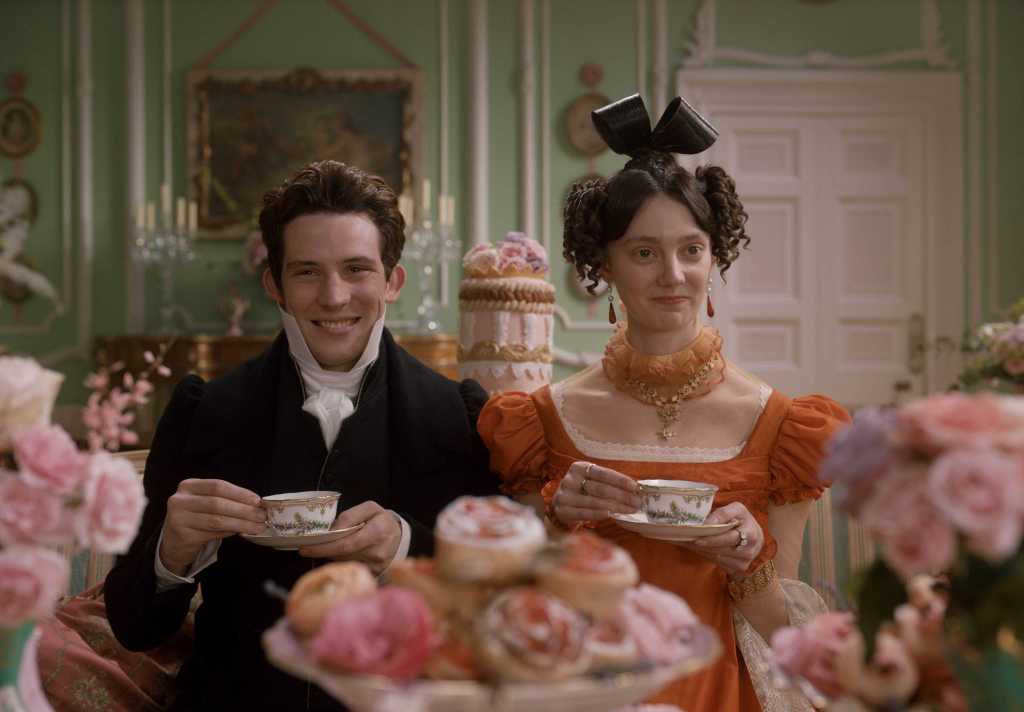I'll start with an honest disclaimer, I didn't actually watch EVERY Dracula movie. But be assured that I watched plenty.
This is my very "partial, prejudiced, & ignorant" review of them all. The films are rated on a scale from 1 to 13, because, duh, vampires.
Nosferatu
1922

A German "adaptation" in which Dracula is played by Max Schreck. There was a pretty public copyright infringement lawsuit against the film back in the day and all the copies were supposed to have been destroyed. But they were not; so we get to enjoy this gem.
I have to say, I honestly and truly enjoyed this film more than any of the other ones. First, Dracula or, rather, Nosferatu is appropriately terrifying. There is none of that gentlemanly horror that came later. Nosferatu is a monster. The cinematography and the score do a lot to evoke an eerie and uncomfortable atmosphere. And Schreck's makeup and body language create a pretty bizarre and unnerving creature, that still mostly reads as human, if only just.
The story also deviates from the novel, with the characters, locations and some of the themes being pretty different. However, unlike some of the later films, this one seems to have the most coherent story in terms of themes. Nosferatu comes to represent illness that spreads rapidly through a small community. To the audience in the 1920s, many of whom would have remembered the Spanish flu outbreak, this particular type of horror would have been vividly real.
For those not very used to old silent films, the slow pace and the over-the-top acting (which is just miming, when all is said and done) may feel a bit tedious. But considering that the film is almost a hundred years old, it definitely remains one of the most compelling versions of Dracula, if not a very faithful adaptation.
Should you see it? Yes, definitely, yes!
Score: 10/13
Dracula
1931

Oh boy! I really wanted to love this movie, I really did. Bela Lugosi as Dracula is so iconic that to speak against this movie almost feels like sacrilege. But speak against it I must. It's just not a very good movie. I have seen a few of the early horror classics, and, to be honest, the pacing in them is usually tedious at best. The story in Dracula is just clunky, as it moves from scene to scene with all the grace of a derailed locomotive.
The characters' stories are shuffled about to create a hodgepodge narrative that is pretty difficult to follow unless you are very familiar with the source material. Our breading pair, John Harker and Mina, are terribly bland. In fact, it's not Harker's, but rather Renfield's visit to Dracula's castle that sets the plot in motion. As a consequence, it feels very much like it's Renfield's story - he is the one who first encounters the Count's murderous blood lust, he is the one who is corrupted, and he is the one who has the most compelling character arc. And Dwight Frye, who plays Renfield, is phenomenal!
Bela Lugosi's Dracula is yet another reason that this film must be watched despite nonsensical plot and forgettable characters. He is both suave and frighting by turns. Truly a midpoint between the monstrous Nosferatu and Coppola's sexy-sexy Dracula. Every time he is on screen you forget about everything else.
This film has no score, which is both a boon and a drawback. The background noise, comprised of creaking and silences, creates a haunting atmosphere. And the set pieces are spectacular. Every scene in Dracula's castle is a macabre delight.
Should you see it? It's worth a watch, but only becasue Lugosi is so mesmerizing.
Score: 7/13
Dracula
1958

This British adaptation is also known as the Horror of Dracula in the U.S. And it's pretty horrific. Christopher Lee plays Count Dracula as a sensual, aristocratic gentleman. The first time we see him ascend down a flight of stairs, there is not a hint of weirdness. He is sprightly, agile, and sexy. This film has definitely cemented the image of the Count as a lover, not a monster. It may be in line with the modern interpenetration of the character, but frankly all throughout the movie I kept longing for the ghoulish Nosferatu. Nothing against Christopher Lee, but I want a little more monstrous in my monsters.
The story is pretty nonsensical. Most of the time it seemed like some movie exec put a copy of Stoker's Dracula into a blender and then made a film out of what came out of it. Characters and plots were shuffled around in the weirdest possible way. Dracula's three brides (one of my favorite parts in every Dracula adaptation) was downgraded to just one bride; Lucy is Harker's faience, Mina is married to some rando, etc, etc. The only delightful character was Van Helsing played by Peter Cushing. He is a real action hero, who has more in common with the titular character of the 2004 Van Helsing, than the bookish professors that have come before. Let's just say there is a pretty cool showdown between him and Dracula at the end of the movie.
Should you see it? Nah, you can live a happy, fulfilling life never seeing this movie.
Score: 4/13
But credit where credit is due, Gary Oldman as Dracula is perfect. He is nightmarish and terrifying, yet strangely alluring. As I've said, I prefer my vampires as straight-up monsters, but Oldman's charisma is irresistible. That said, in this one, Dracula gets a very tragic and very unnecessary backstory.
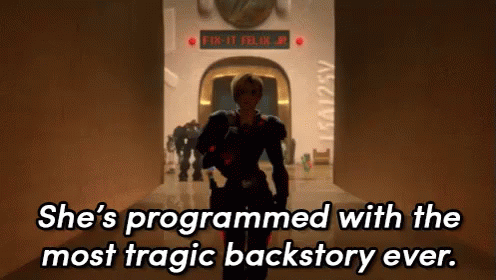
I'm not sure whether this is done to humanize him or to explain his particular obsession with Mina, but I could have done without (SPOILER!) the reincarnated love storyline.
Still, this film is stunningly beautiful and mindbogglingly bizarre in all the right ways. Though I had to stifle a laugh at some character moments and some bits of dialogue, I was glued to the screen for its cinematography. The scenes in Dracula's castle are so wonderful, and the makeup in general is so well done that you really forget that this film is over 20 years old. Really makes your yearn for the days of practical effects when not everything was CGI.
But though I loved the visuals, my opinion is that this film was not made for me. If you enjoy very intense and thematically confused "love" stories, this may be a bit more up your alley.
Should you see it? If you enjoy slash, definitely. If not, maybe.
Score: 6/13
That's all from me for now. Stay tuned for my review of some ye old horror classics.
This is my very "partial, prejudiced, & ignorant" review of them all. The films are rated on a scale from 1 to 13, because, duh, vampires.
Nosferatu
1922

A German "adaptation" in which Dracula is played by Max Schreck. There was a pretty public copyright infringement lawsuit against the film back in the day and all the copies were supposed to have been destroyed. But they were not; so we get to enjoy this gem.
I have to say, I honestly and truly enjoyed this film more than any of the other ones. First, Dracula or, rather, Nosferatu is appropriately terrifying. There is none of that gentlemanly horror that came later. Nosferatu is a monster. The cinematography and the score do a lot to evoke an eerie and uncomfortable atmosphere. And Schreck's makeup and body language create a pretty bizarre and unnerving creature, that still mostly reads as human, if only just.
The story also deviates from the novel, with the characters, locations and some of the themes being pretty different. However, unlike some of the later films, this one seems to have the most coherent story in terms of themes. Nosferatu comes to represent illness that spreads rapidly through a small community. To the audience in the 1920s, many of whom would have remembered the Spanish flu outbreak, this particular type of horror would have been vividly real.
For those not very used to old silent films, the slow pace and the over-the-top acting (which is just miming, when all is said and done) may feel a bit tedious. But considering that the film is almost a hundred years old, it definitely remains one of the most compelling versions of Dracula, if not a very faithful adaptation.
Should you see it? Yes, definitely, yes!
Score: 10/13
Dracula
1931

Oh boy! I really wanted to love this movie, I really did. Bela Lugosi as Dracula is so iconic that to speak against this movie almost feels like sacrilege. But speak against it I must. It's just not a very good movie. I have seen a few of the early horror classics, and, to be honest, the pacing in them is usually tedious at best. The story in Dracula is just clunky, as it moves from scene to scene with all the grace of a derailed locomotive.
The characters' stories are shuffled about to create a hodgepodge narrative that is pretty difficult to follow unless you are very familiar with the source material. Our breading pair, John Harker and Mina, are terribly bland. In fact, it's not Harker's, but rather Renfield's visit to Dracula's castle that sets the plot in motion. As a consequence, it feels very much like it's Renfield's story - he is the one who first encounters the Count's murderous blood lust, he is the one who is corrupted, and he is the one who has the most compelling character arc. And Dwight Frye, who plays Renfield, is phenomenal!
Bela Lugosi's Dracula is yet another reason that this film must be watched despite nonsensical plot and forgettable characters. He is both suave and frighting by turns. Truly a midpoint between the monstrous Nosferatu and Coppola's sexy-sexy Dracula. Every time he is on screen you forget about everything else.
This film has no score, which is both a boon and a drawback. The background noise, comprised of creaking and silences, creates a haunting atmosphere. And the set pieces are spectacular. Every scene in Dracula's castle is a macabre delight.
Should you see it? It's worth a watch, but only becasue Lugosi is so mesmerizing.
Score: 7/13
Dracula
1958

This British adaptation is also known as the Horror of Dracula in the U.S. And it's pretty horrific. Christopher Lee plays Count Dracula as a sensual, aristocratic gentleman. The first time we see him ascend down a flight of stairs, there is not a hint of weirdness. He is sprightly, agile, and sexy. This film has definitely cemented the image of the Count as a lover, not a monster. It may be in line with the modern interpenetration of the character, but frankly all throughout the movie I kept longing for the ghoulish Nosferatu. Nothing against Christopher Lee, but I want a little more monstrous in my monsters.
The story is pretty nonsensical. Most of the time it seemed like some movie exec put a copy of Stoker's Dracula into a blender and then made a film out of what came out of it. Characters and plots were shuffled around in the weirdest possible way. Dracula's three brides (one of my favorite parts in every Dracula adaptation) was downgraded to just one bride; Lucy is Harker's faience, Mina is married to some rando, etc, etc. The only delightful character was Van Helsing played by Peter Cushing. He is a real action hero, who has more in common with the titular character of the 2004 Van Helsing, than the bookish professors that have come before. Let's just say there is a pretty cool showdown between him and Dracula at the end of the movie.
Should you see it? Nah, you can live a happy, fulfilling life never seeing this movie.
Score: 4/13
Bram Stoker's Dracula
1992

Wow. Just, wow. This film was...interesting. This film has a lot of angst and sex in it. In fact, if I didn't know any better, I would have thought that it was a slash fiction of Dracula. All the scenes and dialogue lifted directly from the book are great, but the rest feels very much like fan fiction. And I don't mean to disparage slash or fanfic; both are awesome.
But credit where credit is due, Gary Oldman as Dracula is perfect. He is nightmarish and terrifying, yet strangely alluring. As I've said, I prefer my vampires as straight-up monsters, but Oldman's charisma is irresistible. That said, in this one, Dracula gets a very tragic and very unnecessary backstory.

I'm not sure whether this is done to humanize him or to explain his particular obsession with Mina, but I could have done without (SPOILER!) the reincarnated love storyline.
Still, this film is stunningly beautiful and mindbogglingly bizarre in all the right ways. Though I had to stifle a laugh at some character moments and some bits of dialogue, I was glued to the screen for its cinematography. The scenes in Dracula's castle are so wonderful, and the makeup in general is so well done that you really forget that this film is over 20 years old. Really makes your yearn for the days of practical effects when not everything was CGI.
A special shout out to the costume designer Eiko Ishioka. The costumes are spectacular. I would love to do a review of them here, but Frock Flicks have already done it and done it way better than I ever could hope to. So go over and check out their podcast.
Should you see it? If you enjoy slash, definitely. If not, maybe.
Score: 6/13
That's all from me for now. Stay tuned for my review of some ye old horror classics.




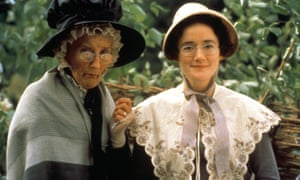





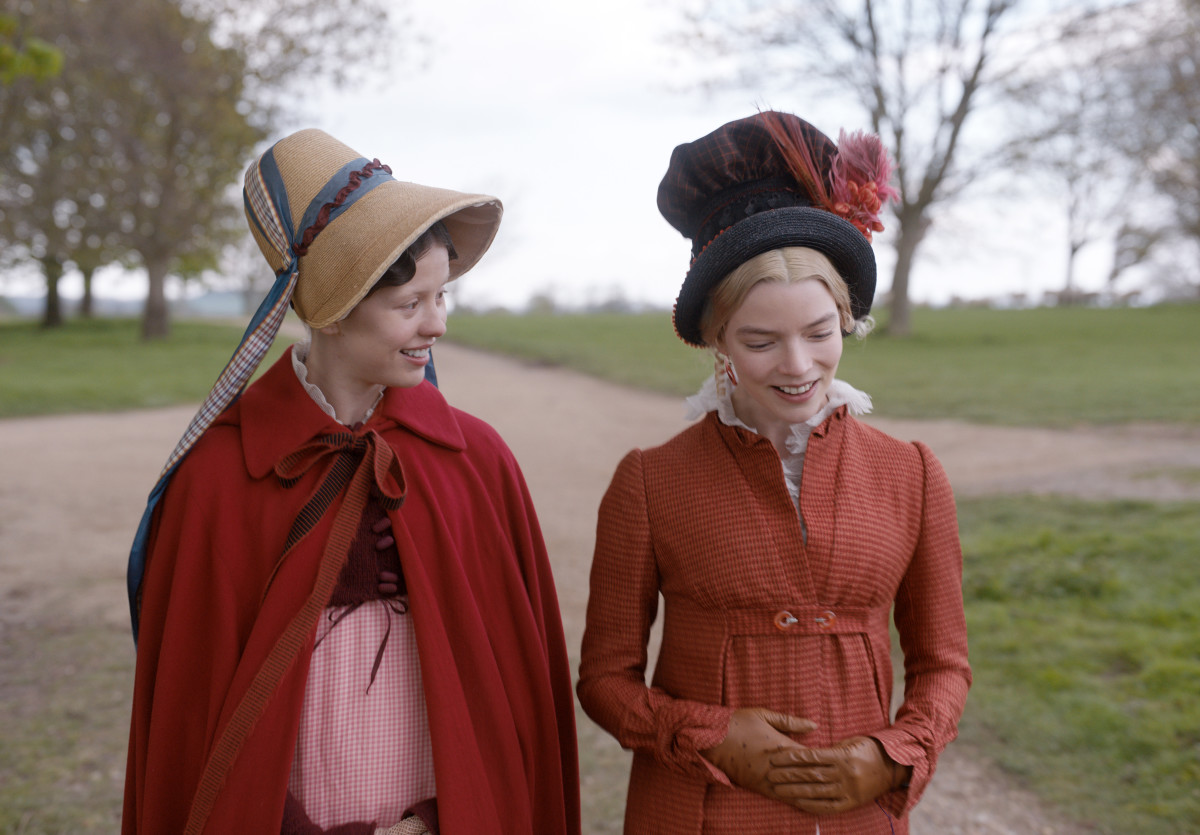



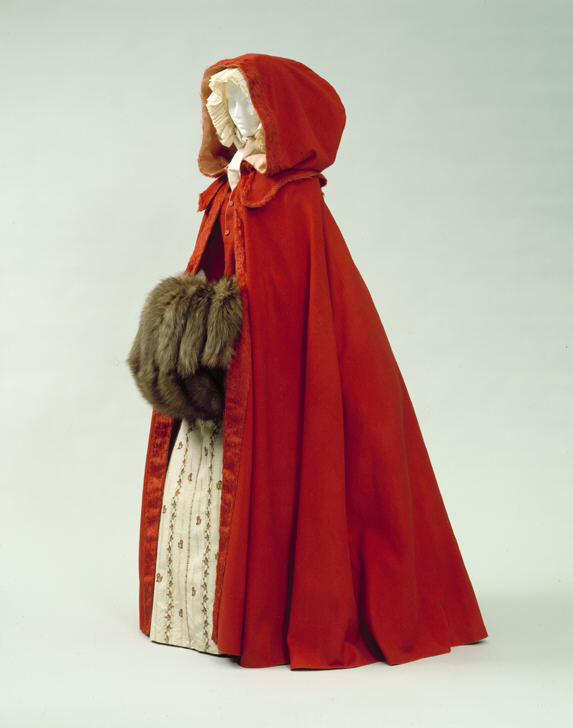




 With many people in social isolation, reading material becomes indispensable. But what to do if you have ran out of all of your Jane Austen, including letters and Juvenilia?
With many people in social isolation, reading material becomes indispensable. But what to do if you have ran out of all of your Jane Austen, including letters and Juvenilia? 




